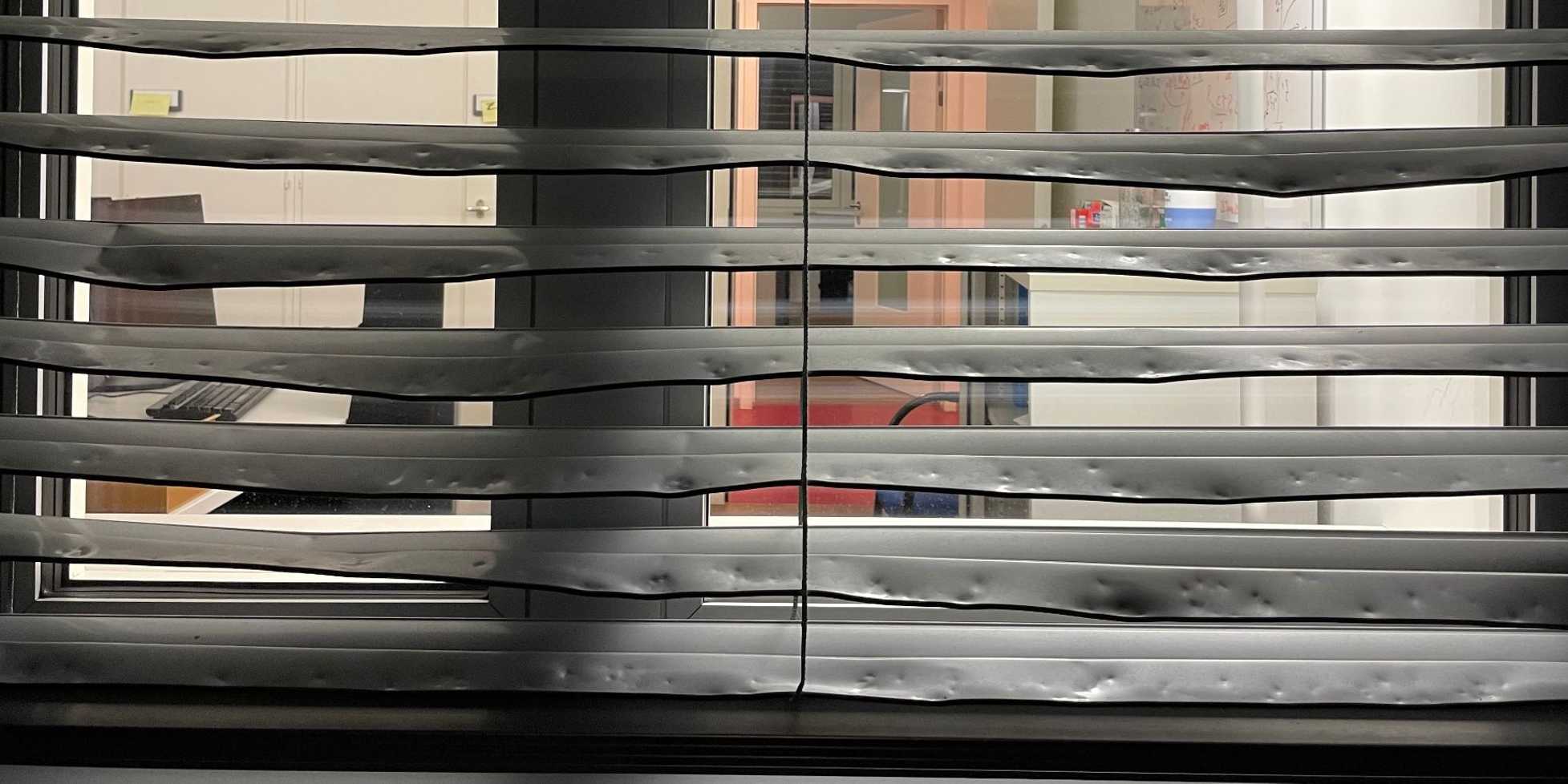Half-time: Looking back at the researcher retreat in Locarno
Midway through the project, hail scientists from across Switzerland convened in Locarno for the second scClim researcher retreat.

Over the course of two days, Master's students, PhDs, PostDocs, and scientific project partners shared their most recent work and ideas, sparking lively discussions and paving the way for future collaborations. The MeteoSwiss building, where the gathering took place, was a perfect setting for hail researchers to meet as it had endured a hailstorm on 25 August 2023, leaving impressive marks on roofs, blinds and solar panels.

We can look back on two productive project years, during which the following milestones have been reached:
(1) Drawing from stakeholder inputs, we have developed the first prototype of a hail impact assessment platform. This platform provides daily information on hail observations, forecasts, and damage estimates for buildings and agriculture. After testing during the summer of 2023, we are currently incorporating user feedback before launching the second version in early summer 2024.
(2) Utilizing the COSMO-1E ensemble prediction system at MeteoSwiss, we conducted a detailed analysis of the extreme hail event on 28 June 2021 in Switzerland. A tracking algorithm was developed to identify hail cell tracks, investigating low-level inflow characteristics into convective cells using air parcel trajectories initiated along the hail track.
(3) Kilometer-scale regional climate simulations for Europe were conducted with the COSMO model for the present-day period 2011-2021 and for a future climate using the pseudo global warming approach for a 3 K global warming level. We are currently evaluating the simulations and are looking into the climate signal of hail intensity and frequency.
(4) A Differential Reflectivity Column (ZDRC) detection algorithm for polarimetric C-band radar data from the MeteoSwiss radar network was implemented. Tuned for performance in Switzerland's complex topography, the algorithm ran on 3.5 years of data, investigating ZDRC characteristics for correlations with crowdsourced hail size reports.
(5) Statistical models were developed to reconstruct past hail days from 1950 to 2022, using radar-based hail observations and environmental information from ERA-5. The reconstructed time series were used to investigate trends and underlying drivers in yearly hail days in southern and northern Switzerland.
(6) A framework to model agricultural hail damage footprints was developed based on single-polarization radar data, land use data, and insurance damage claims. By incorporating suitable values for model parameters, including hail intensity thresholds, spatial resolutions, and cropland densities, we obtained damage footprint climatologies using 20 years of radar information.
(7) Different single-polarization radar-based hail intensity measures were assessed as predictors for hail damages to buildings and cars and impact functions were derived for the best-performing measure using a novel calibration approach and damage reports from four cantonal building insurances and one private car insurer. Additionally, crowdsourced hail size reports were explored as a potential data source for hail damage predictions.
Many of the aforementioned results are currently under review in high-quality scientific journals or in final preparations for submission. Stay tuned and check out our publications webpage here.
We're excited about the upcoming research activities in the second half of the scClim project!